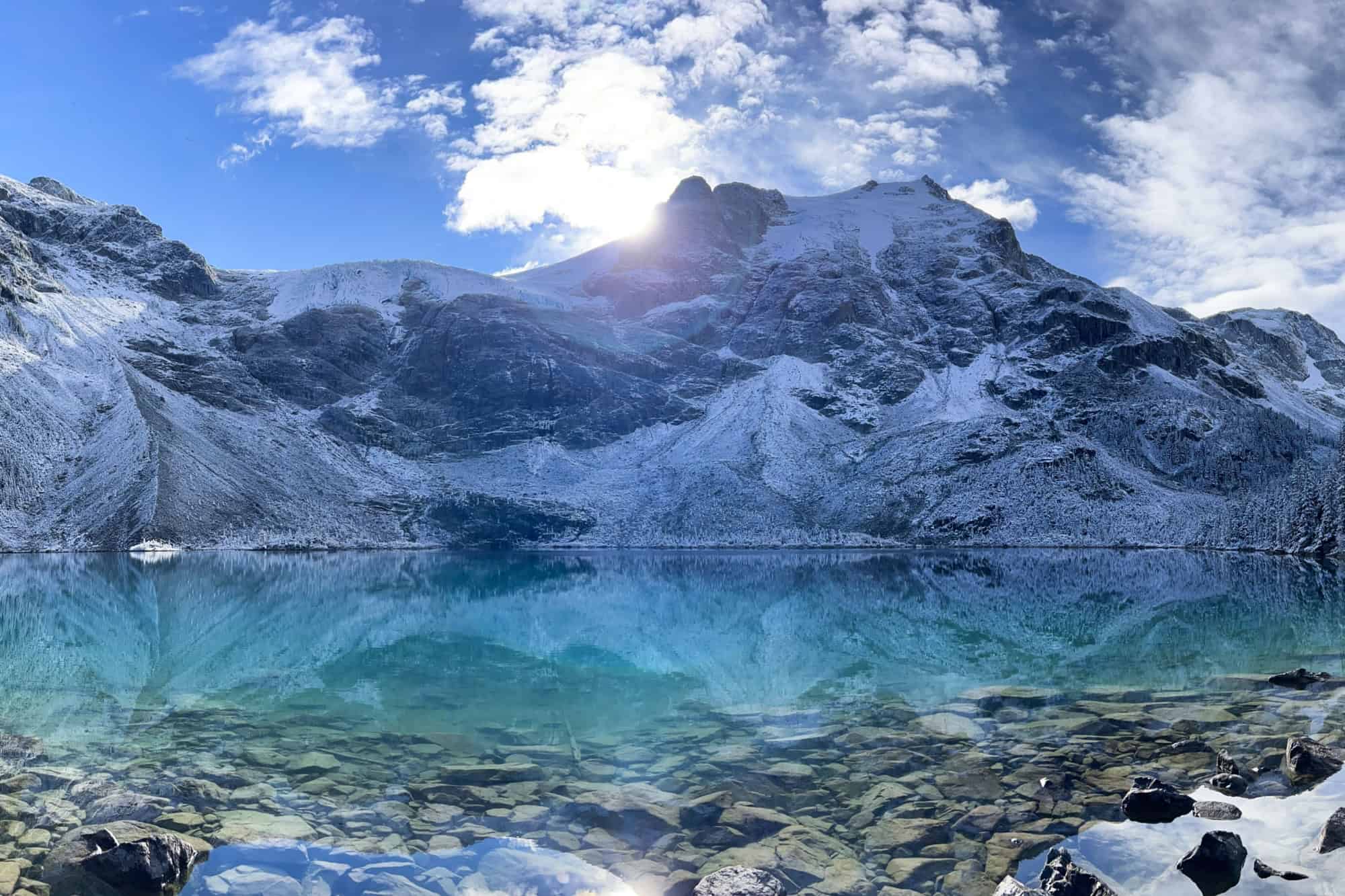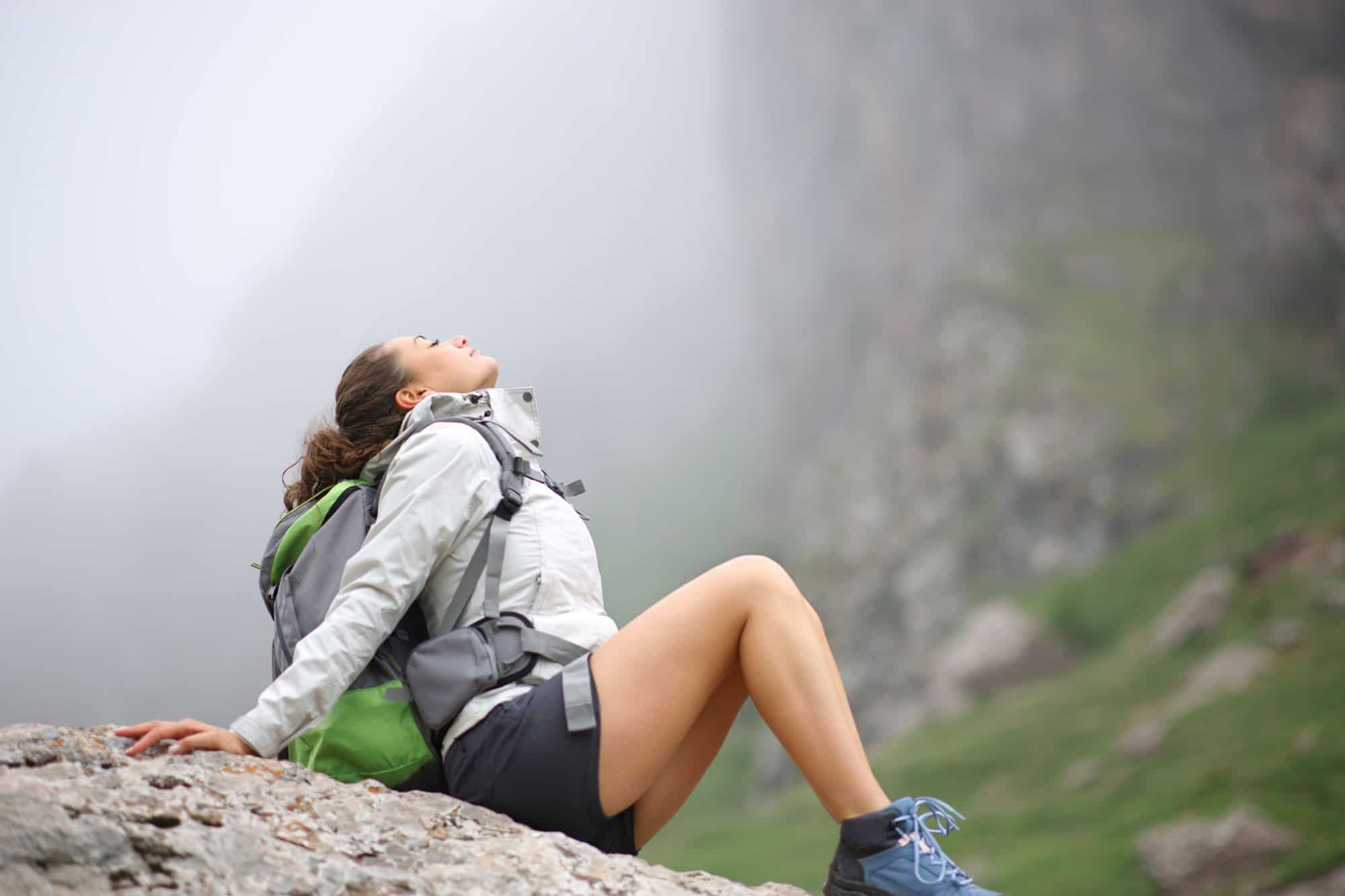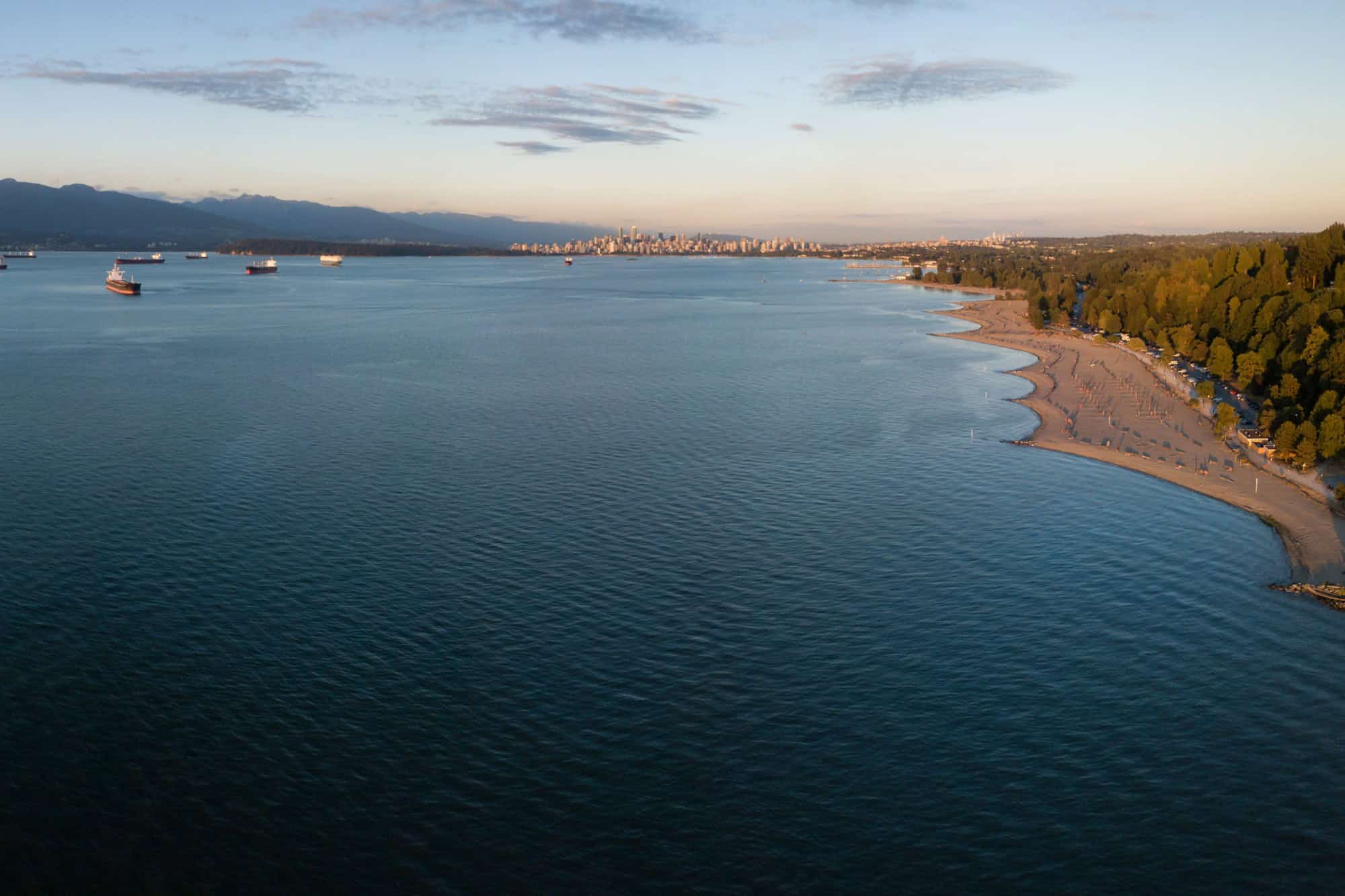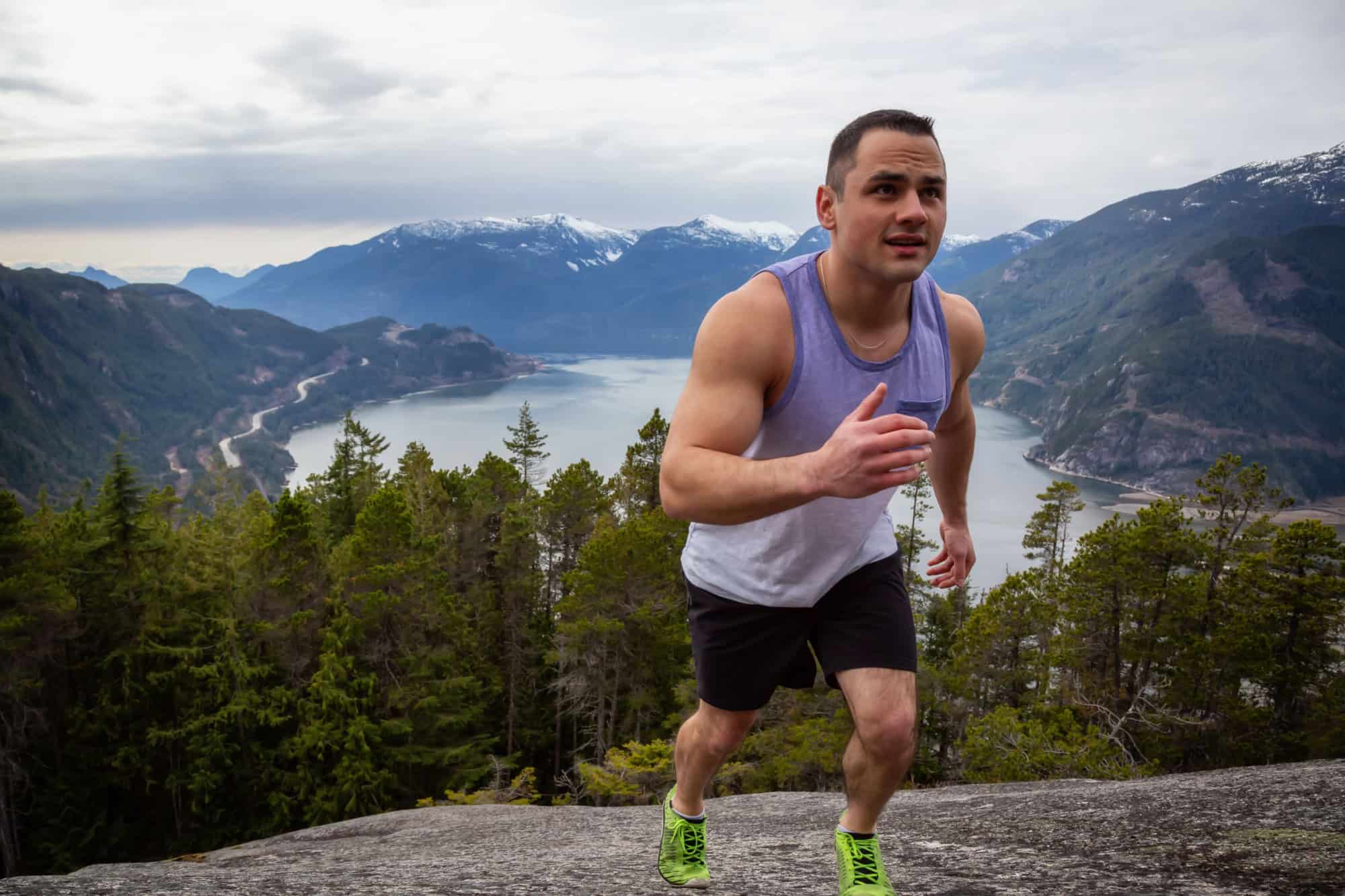There’s a reason you’ll see wetsuits on bike racks & hiking poles sticking out of car trunks all over Vancouver. People here have figured out how to fit both the ocean and the mountains into the same day. And without making a big deal about it.
How does this ocean-to-mountain wellness trend work & why are so many Vancouverites so into it? Let’s find out.
Featured Image Credit: Shutterstock.
Key takeaways

Here’s what you’ll learn
- The main routes people use to connect beach time & trail time
- How the logistics actually work
- What researchers have found about time near water & forests
- Real-world safety tips for cold dips & steep climbs
What’s actually meant by “ocean-to-mountain” in Vancouver

Those living here know how quickly you go from salt air to alpine air. Ocean-to-mountain is a habit here. Most people are doing something simple, like a paddle or run near the seawall, then a hike or biking session on the North Shore later the same day. It’s not hard to pull off.
Vancouver’s one of the few cities where you can see both backdrops in a couple of hours. A lot of the city’s neighbourhoods are packed right up against greenbelt zones. As such, you’ll see office workers going out at dawn on the waterfront & being back at the trailhead by 5:30.
Where the ocean part usually happens

The ocean section of this trend almost always starts along the Seaside Greenway, a famous waterfront loop. It runs for kilometres past parks & beaches. That makes it easy to pick your distance.
Most mornings involve cyclists & joggers, as well as paddleboarders, heading out before work. In the evenings, it’s more of a relaxing place where people cool down after a long day. You’ll see brave swimmers in winter going for a cold plunge at Second Beach or Kits, and it’s become a year-round ritual for many people.
Where the mountain part usually happens

The mountain half tends to happen just across the bridge. The North Shore is most popular, thanks to places like Grouse & Cypress. The Grouse Grind’s a classic. It’s short & steep, but also enough of a workout to count as cardio for the week.
What makes it doable is how fast you can get there. You can leave downtown after work & cross the Lions Gate Bridge, and then be on a forest trail within 30 minutes, as long as the traffic isn’t so bad. That’s what makes this so special. There’s no huge planning required, just a change of shoes.
When people stack ocean and mountain time

Most locals split their ocean & mountain sessions into morning/evening pairs. They’ll do the seawall in early light, then do late sun for the trails. Usually, it’s busier on summer weekends, with people doing longer combinations like a kayak at Jericho in the morning & a hike up Lynn Canyon after lunch.
The weather also helps. Vancouver’s mild climate means the routine works almost all year, and people tend to swap in skiing or snowshoeing for hiking in winter. It’s not strange to see someone go from a ski run in the morning to a cold dip at sunset on the same day.
The health benefits of oceans and mountains

Those who spend time near both the ocean & the forest will tell you it feels different. It turns out that’s not just talk. Studies show that people who live close to both kinds of natural spaces are often more active & less stressed overall.
This is because water calms you down & trees lift you up. Mix them into a single day, and you get a rather effective mental reset without needing a retreat or gym membership. It’s something Vancouver just happens to be perfectly set up for.
Spending time among trees also lowers blood pressure & reduces stress hormones. However, most people doing this in Vancouver aren’t looking at studies. They just know they feel better after a walk that smells like cedar & rain.
Cold-water dips

Sure, cold plunges are huge right now. But they’re not new in Vancouver. The English Bay Polar Bear Swim has been going on since 1920, and smaller groups go year-round. Cold-water swimming triggers certain hormonal responses & helps with circulation, just to name a few benefits.
However, it’s not risk-free. Sudden immersion can cause shock to those who are not used to it, so most people usually start slow & stick close to shore. Most locals treat it as more of a kind of meditation than a stunt. Two minutes in the water & towel off, then back to real life.
Safety and capacity on busy waterfronts and trails

As the seawall gets so busy, especially in summer, the city has added shared-lane markings & speed limits. There are also morning maintenance crews to handle the rush. Thankfully, it’s still easy to find quiet spots, so you should try going early or heading out toward Spanish Banks.
Trails are the opposite, though. They’re steeper & narrower, sometimes muddy as well, and North Shore parks post clear signage about elevation gain and recommended gear. It’s smart to bring a light, even for short evening hikes. Either way, it’s clear that for Vancouverites, the trend is part of daily life, and not a separate “wellness” thing.
Sources: Please see here for a complete listing of all sources that were consulted in the preparation of this article.
Like our content? Be sure to follow us on MSN.
